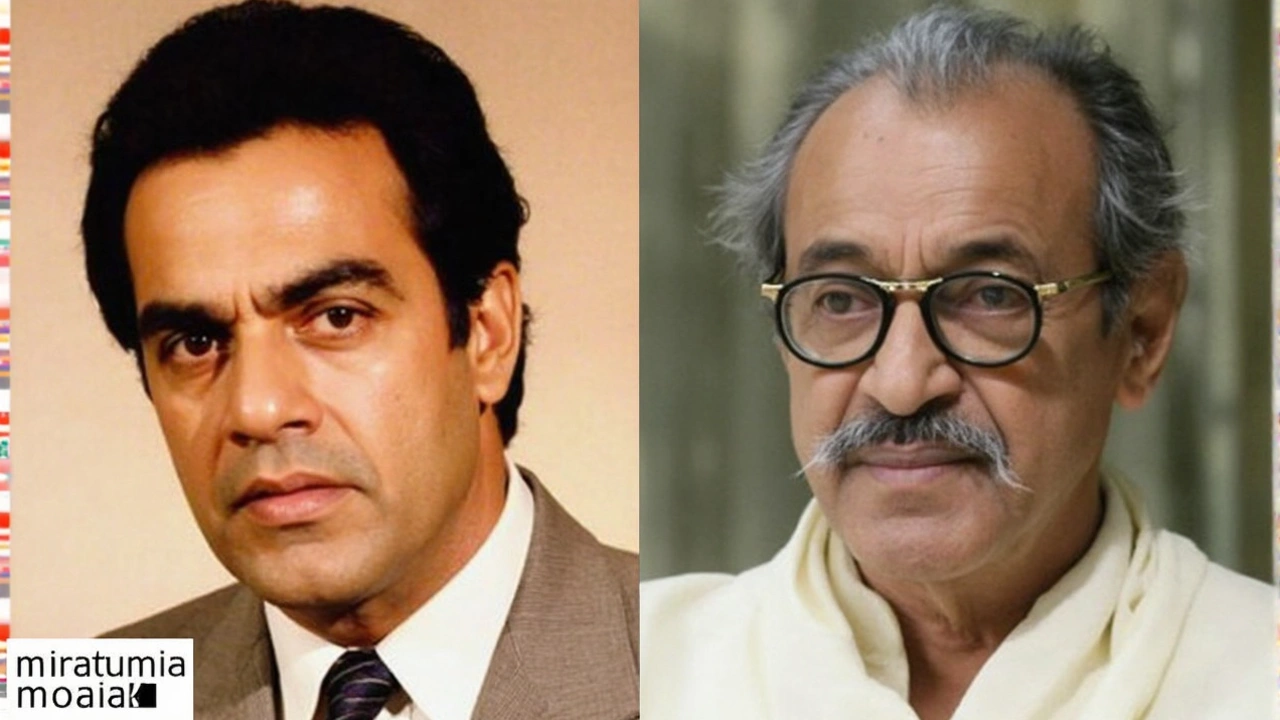Sanjeev Kumar’s Unmatched Versatility: From Sholay’s Thakur to Nine Faces in Naya Din Nai Raat

A Quiet Genius: The Early Years
It’s rare to find a Bollywood star remembered for range rather than glamour, but Sanjeev Kumar stands out for exactly that. Born as Harihar Jethalal Jariwala in Surat on July 9, 1938, he had humble roots and big dreams. His early steps on the stage with the Indian People's Theatre Association (IPTA) and Indian National Theatre set the tone. Back then, he was a young man playing old men—a 20-something convincingly pulling off a 60-year-old in the play Damru, which was a sign of things to come.
The film world spotted him in Hum Hindustani (1960), but he only began turning heads with Nishan in 1965. Those weren’t overnight hero moments; he ground his way up, sticking to roles that challenged him rather than settling for conventional leading men parts.
The Many Faces of Sanjeev Kumar
Stop for a second and picture Bollywood’s most iconic scenes—chances are, you’ll end up remembering Thakur, the steel-willed, tragic hero from Sholay. Kumar’s silent rage, his command, his deep sense of loss—none of it was movie melodrama. It was uniquely him. But while audiences cheer for Sholay’s legendary Thakur Baldev Singh, his ability to play nine wildly different roles in Naya Din Nai Raat (1974) often goes unnoticed today. Comedy, villainy, romance, sadness—this guy did it all, switching masks in a single film.
He wasn’t just about serious drama. Take Angoor (1982): a double role comedy of errors, delivered with perfect timing. Or thrillers like Uljhan, where he could dial up suspense without tilting into cliche. Kumar’s craft was about doing what others found hard or even shied away from—like experimenting with prosthetic makeup in Chehre Pe Chehra (1981), which was a first for Hindi cinema at the time. He took risks that shifted how future actors saw their own limits.
Khilona (1970) gave him a breakthrough and a Filmfare Award, but he kept breaking his own mould. Dastak (1970) and Koshish (1972) not only brought him two National Film Awards for Best Actor, but also redefined how Bollywood thought about sensitive, understated acting. His portrayal of a deaf-mute man in Koshish was particularly moving—a performance that didn’t rely on speech, but said everything with a glance and gesture.
- Started with stage, quickly innovated in cinema
- First actor to play nine different characters in a single film
- Pioneered prosthetic makeup in Indian movies
- Nailed genres from comedy and suspense to political drama
Aandhi (1975), where he played opposite Suchitra Sen, made waves for its political commentary. The Indian government even banned it for a time, but Kumar’s character, JK, stuck in the public memory—torn, thoughtful, deeply human.
Off-camera, his private life was all about work. He stayed unmarried, reportedly immersed in his roles, often opting for parts that let him stretch his acting muscles—even if it meant playing much older men. He passed away young, at 47, in 1985, but he never felt out of step with the times. If anything, the industry still measures true acting by the Sanjeev Kumar yardstick—depth, empathy, and the guts to choose the unexpected.